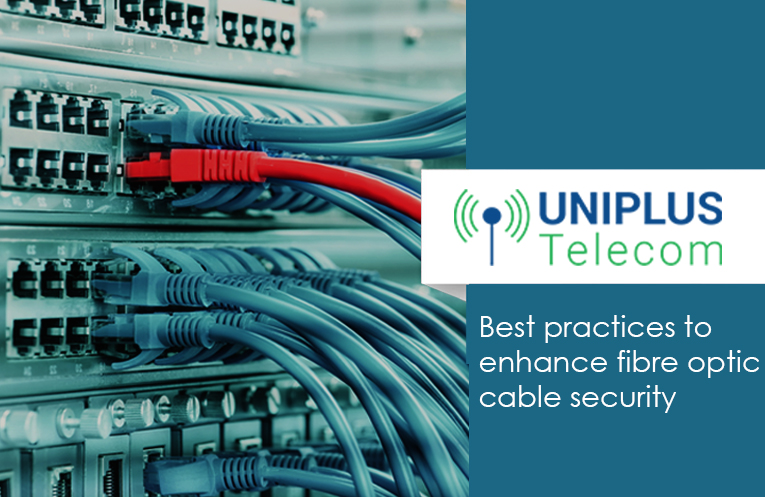Apart from speed, there is another reason why a majority of internet users prefer to use fibre broadband connection – security. It is generally believed that fibre cables are safer than copper cables in terms of security; while the former relies on light, the latter uses electricity.
However, despite the claim that fibre optic networking offers a stiffer or better resistance to eavesdropping attacks, the fact remains that it is vulnerable to splicing, blending and tapping attacks due to which a hacker can easily gain access to packets running through it. Though it is more difficult for an attacker to get into the security system of fibre broadband, it is certainly not an impossible task for attackers who have advanced skill sets.
Helpful Tips to Make Your Fibre Broadband Connection More Secure
Sometimes one might tap into a broadband connection based on fibre optics, and it would be virtually impossible to detect it without conducting a physical examination. What can you do to secure your network from such attacks? Try employing the practices given below.
As far as possible, make sure that fibre optics are placed in secure locations. You could secure the cable by enclosing it in a conduit. Doing so will cover the cables with an additional protective layer, thereby preventing others from gaining access to them directly.
Observe the locations in which your fibre cable terminates. Oftentimes, intruders have a tendency of inserting a tap into the places that are easily accessible. Such places include junction boxes, public areas, wiring closets and so on. Ensure the safety of these places from intruders.
To enhance the safety of sensitive or confidential data, it is a good idea to make use of the encryption technology. The best part about the technology is that it is tailor-made to protect enterprise data even in the unfortunate event of an attacker getting into a network. Though a network based on a business fibre broadband seldom comes under the attack of hackers, using encryption will ensure the safety of your business data should it happen.
Conclusion
You can figure out any tampering with the fibre optics by paying attention to whether or not the light from the transmitter is being transmitted to the receiver on predefined wavelengths at regular intervals. If this is not happening, you can be sure that there is something wrong with the physical cable, or to put it another way, a hacker has tampered with it by snooping or inserting malicious traffic within it. This is your best bet to find out if all is well with your home or
business fibre broadband. Although advanced analysis techniques are available to detect such tampering, they are neither fool proof nor easy to implement.



